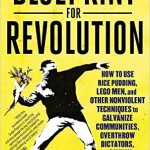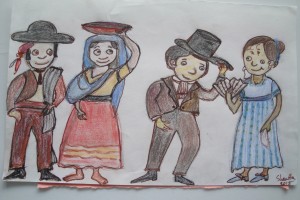So I thought our class on Thursday went quite well. (I apologize if I was a bit out of it. I was at the start of a really bad flu) However, I thought the comparison of the three perspectives on the revolution was especially productive and I really appreciated the insights people shared about what role they saw each playing in the legacy of the revolution. One more week to go! Here was our plan for the class.
Recognize the territory and Musqueam history of resistance.
organize class in semi circle
Revolution as a claim on history
How perspective can shape the story –
Who is Mariano Azuela –
Short bio
in what ways could azuelas past frame his understanding of the revolution?
Break into groups and tell the story from the perspective as –
Demitero– (you guys said)Frantic, No structure, Impulse, Muscle of revolution, Journal, Revenge, Personal gain, Relies on others to tell his story, Revolution as a way of life
Camilla-Female stereotype, Love at the center of the story, How does she feel about Cervantes? The revolution as dangerous, Daily life as important
Villa- Clear picture of what is going on, How he creates mythical image, Does no know what is going on on the ground, Villa as a human. why? Less mythic
3 takes on a revolution-
Mexican government – 2010
https://www.youtube.com/watch?v=5x60UdXFXl0
American diplomats wife – sympathetic – but of the upper class


octavio paz –

Does one story win? Why? What is the legacy of the loosing sides claim on history?
How did Azuela/Cervantes help the cause? How did it tke away from it?
How does language frame history?
What tools to further their perspective?
In what ways do the authors differ? In what ways are they the same?
The Pebble – revolution as an addiction – p. 132
Mate quote-
What are the different ways people come to join the revolution?
What does the violence achieve for the men either intentionally or unintentionally?
Are some reasons more or less justifiable?






